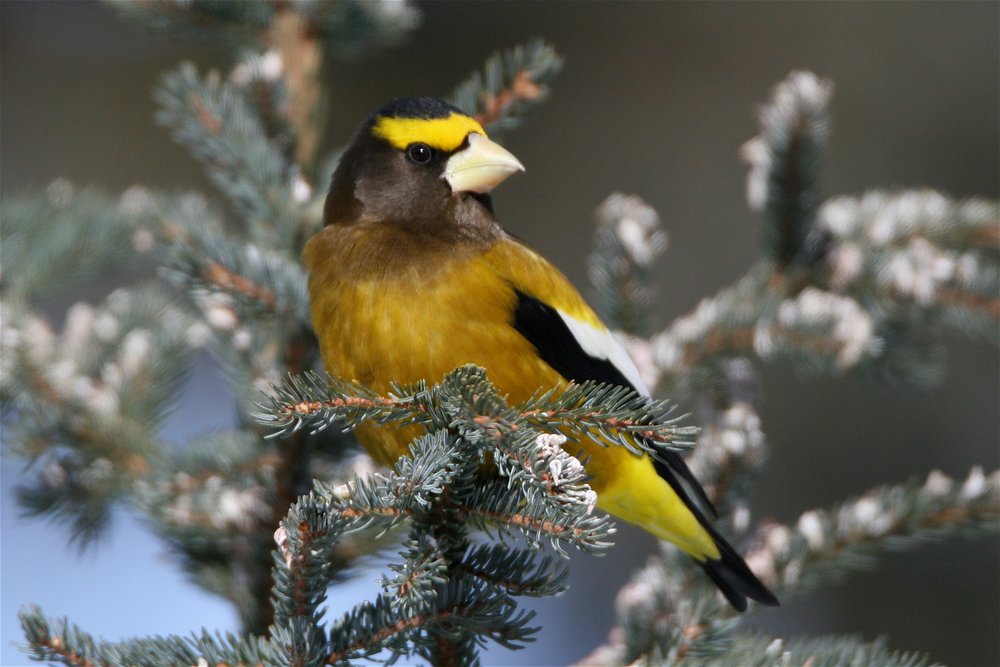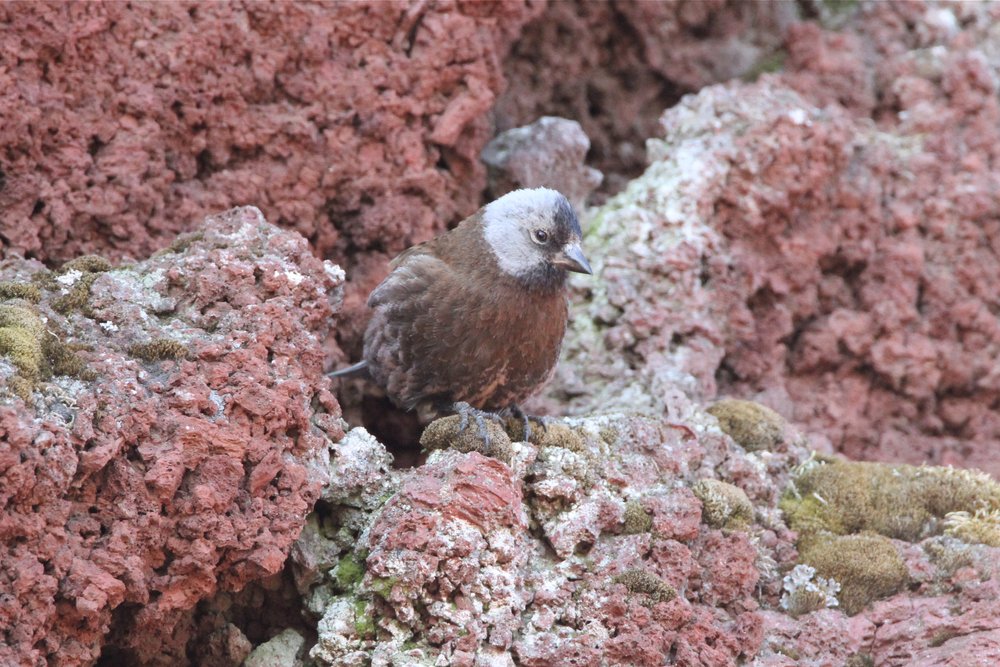
I love the word malheur, the way my neighbor in France sighs over the weather or a chicken that is ill: Quel Malheur. It’s impossible to translate the woe of the world, the adversity of life woven into those two words. Quel Malheur. But the Malheur in the news these days is the 187,000 acre Refuge in Eastern Oregon where a group of armed men are staked out, and not planning to leave.
In three days, I will slide into my Subaru wagon, loaded with skis and snowshoes, and head west, for Oregon. I’ve chosen a route through North Dakota and Montana, two states I have never visited. I’ll stop along the way, in search of northerly birds, hoping for such treats as a Great Gray Owl, but also less glamorous but still wondrous species for this Eastern girl, like Gray-crowned Rosy finch, or Evening Grosbeaks.
At the end of the journey I will be at Playa, a residency for artists and writers in Eastern Oregon. There, I intend to finish (ahem) writing my book, which chronicles the first two years of my bird-obsessed life. (Two chapters have been published online, here, and here.) I’m having a great time poking around in the past of bird watching history, learning about murders and murderers, adventures and misadventures, saints and sinners. The bird world is as complex and rich as any writer could hope for. Malheur certainly fits the definition of complex.

Malheur is not far from Playa, and I was hoping that it would be a stop on my route West, or a day trip away from writing. But the refuge is closed, the workers gone, many scared for themselves and their families. It is hard, for those of us in the East, to understand the Western relationship to land; the conflict between Dwight and Steven Hammond and the National Wildlife Preserve is decades old. So I don’t feel in any way qualified to speak on the situation—should these guys be in jail? I don’t know. What I do know, is that Ammon and Cliven Bundy have taken over the Refuge without support of locals, or the Hammonds. And, according to a writer in the National Law Journal, the standoff is legally untenable and many have written that the Bundy’s understanding of history and the constitution is poor at best. We all want them gone. More importantly: the birds want them gone.
The story that moved me is of the Malheur Field station director leaving the refuge (where birders and others can spend the night—the loss in revenue will be substantial). Before heading out, he spread seed for the wild Quail that count on him through the winter. What will happen to these and other birds, like the Great Horned Owls who have historically nested in the tower where the Bundy’s are staked out?
What I’m interested in is how birders—let’s call us a more peaceful group—have responded to this situation. Birders watch—and we are watching Malheur.
Renée Thompson, a birder and Oregon-based writer, has a terrific—that is historically based and reasonable—blog post on the history of the Refuge. Malheur was first protected in 1908 by Theodore Roosevelt (who created the first National Wildlife Refuge, Pelican Island off Florida in 1903, with a snap of the two fingers). The goal was to protect birds. So let’s remember that. But some birders are using the same inflamed language as those who have taken the land, issuing warnings and declarations of “we will get you.” Maybe this is the way to go: fight fire with fire (which is a bad joke, as the at the heart of this stand off is that the Hammonds started a backfire to stop a fire ignited by lightening).
Kenn Kaufman is tweeting on the subject while Andy Revkin in his dot earth blog post for the New York Times analyzes the solutions to the standoff and ends with the intriguing idea of flooding the refuge in the spring with birders. It’s great idea. And then there are suggestions that “old lady birders” (you know, those of us in floppy hats) should stage a sit in. Why not? Is it possible to organize the estimated millions of birders in this country to peacefully win this standoff?
Closed or not, I’m stopping at Malheur to see this land, home to over three hundred species of bird. And for now, what I have to say about the Bundy men taking over the Malheur National Wildlife Refuge: Quel Malheur.